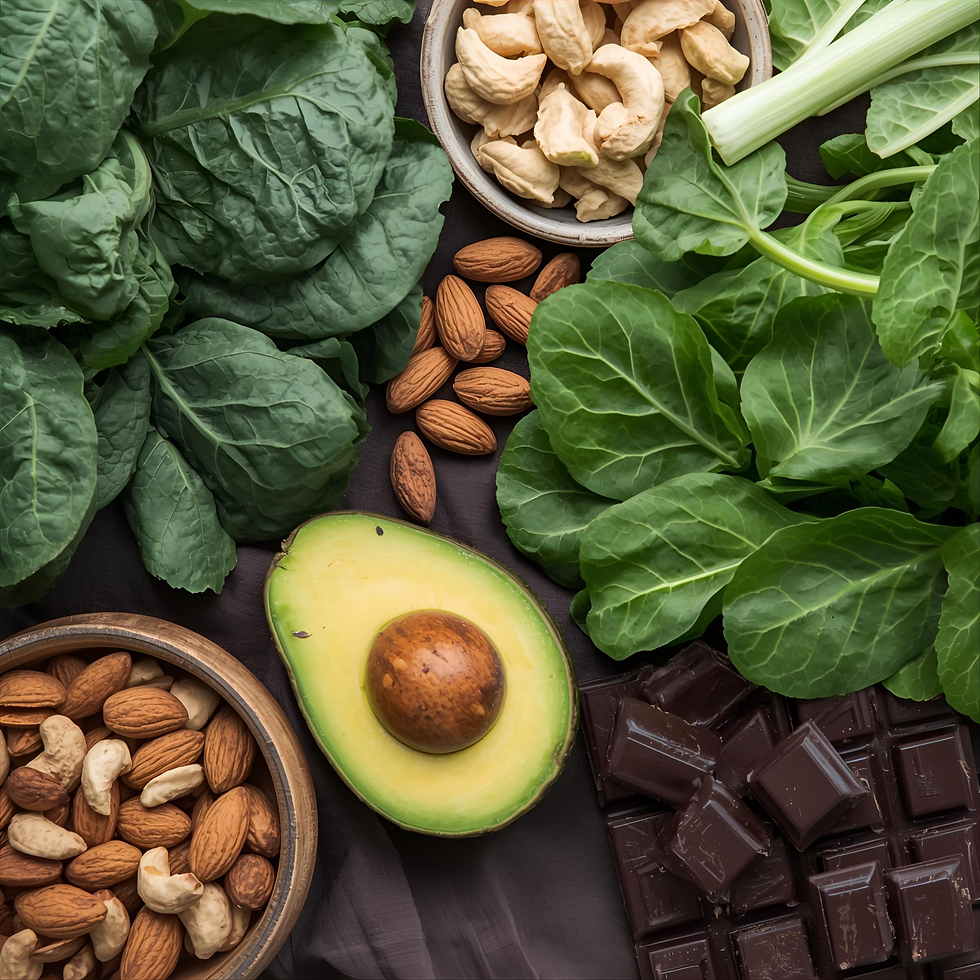How to Build a Healthy Plate: A Simple Guide
- Emma Hammond

- Sep 15
- 2 min read
Creating a balanced, nourishing meal doesn’t have to be complicated. One of the easiest ways to ensure you’re getting the right mix of nutrients is by following a simple “healthy plate” model. By dividing your plate into three key sections — ¼ protein, ¼ whole grains, and ½ colourful vegetables — you’ll have a meal that fuels your body, keeps you energised, and supports long-term health.

Let’s break it down.
¼ Protein
Protein is essential for building and repairing muscles, supporting your immune system, and keeping you fuller for longer. Aim for lean sources of protein that provide quality nutrition without too much added fat or sugar.
Examples of healthy protein options:
Chicken breast or turkey
Fish such as salmon, cod, or mackerel
Eggs
Plant-based proteins like lentils, chickpeas, beans, or tofu
Nuts and seeds (in moderation)
Tip: Try to vary your protein choices throughout the week to benefit from a wide range of nutrients.
¼ Whole grains
Whole grains are an excellent source of energy and fibre, helping with digestion and keeping blood sugar levels steady. Unlike refined grains, whole grains retain more vitamins, minerals, and fibre.
Examples of whole grain options:
Brown rice or wild rice
Quinoa
Whole wheat pasta
Barley or bulgur wheat
Whole grain bread or wraps
Oats
Tip: If you usually eat white rice or pasta, try swapping in whole grain versions — you might be surprised by how flavourful they are.
½ Colourful Vegetables
Vegetables are packed with vitamins, minerals, and antioxidants that support every system in your body. Filling half your plate with a variety of colours ensures you’re getting a broad spectrum of nutrients.
Examples of colourful vegetables to include:
Dark green: spinach, broccoli, kale, courgettes
Red and orange: carrots, peppers, tomatoes, pumpkin
Purple: aubergine, red cabbage, beetroot
White: cauliflower, onions, mushrooms
Tip: Aim to “eat the rainbow” each day. Different colours indicate different beneficial plant compounds, so the more variety you include, the better.
Putting It All Together
A balanced plate might look like this:
Grilled salmon (protein)
A serving of quinoa (wholegrain)
A mix of roasted peppers, courgette, and broccoli (vegetables)
Or a plant-based option:
Lentil curry (protein)
Brown rice (wholegrain)
Steamed spinach, carrots, and cauliflower (vegetables)
Final Thoughts
Building a healthy plate doesn’t mean giving up flavour or spending hours in the kitchen. With a little planning, you can create meals that are colourful, satisfying, and full of nutrients your body needs. Next time you prepare a meal, think about the balance: ¼ protein, ¼ whole grains, and ½ vegetables. It’s a simple formula for better health, one plate at a time.



